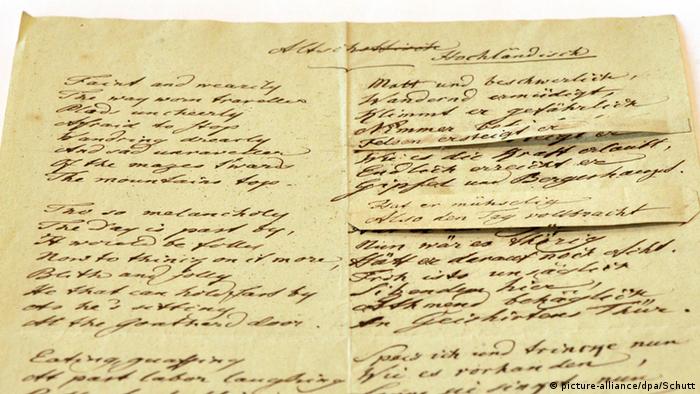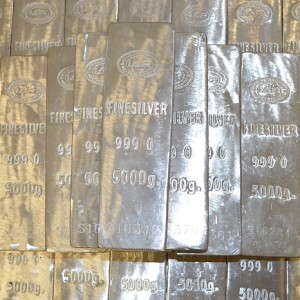CULTURA
Era digital coloca em xeque ensino da caligrafia

Las Españas son la realizacíon en el campo politico-social del principio de estética: "La belleza consiste en la unidad dentro de la variedad"

| ||||
 Why in the world has JP Morgan accumulated more than 55 millionounces of physical silver? Since early 2012, JP Morgan’s stockpile has grown from less than 5 millionounces of physical silver to more than 55 million ounces of physical silver. Clearly, someone over at JP Morgan is convinced that physical silver is a great
Why in the world has JP Morgan accumulated more than 55 millionounces of physical silver? Since early 2012, JP Morgan’s stockpile has grown from less than 5 millionounces of physical silver to more than 55 million ounces of physical silver. Clearly, someone over at JP Morgan is convinced that physical silver is a great  and silver. And as I mentioned just recently, JPMorgan Chase chairman and CEO Jamie Dimon recently stated that “there will be another crisis” in a letter to shareholders…
and silver. And as I mentioned just recently, JPMorgan Chase chairman and CEO Jamie Dimon recently stated that “there will be another crisis” in a letter to shareholders…Some things never change — there will be another crisis, and its impact will be felt by the financial market.The trigger to the next crisis will not be the same as the trigger to the last one – but there will be another crisis. Triggering events could be geopolitical (the 1973 Middle East crisis), a recession where the Fed rapidly increases interest rates (the 1980-1982 recession), a COMMODITIES PRICEcollapse (oil in the late 1980s), the commercial
real estate crisis (in the early 1990s), the Asian crisis (in 1997), so-called “bubbles” (the 2000Internet bubble and the 2008 mortgage/housing bubble), etc. While the past crises had different roots (you could spend a lot of time arguing the degree to which geopolitical, economic or purely financial factors caused each crisis), they generally had a strong effect across the financial markets
 , but I absolutely love silver – especially at the price it is at right now.
, but I absolutely love silver – especially at the price it is at right now.They’re baaaaack. Yes, “old faithful” is back at it again!Of course, they never really left silver, and have been rigging it non-stop in the futures market, but for awhile there, there were at least no admissions of newly-stacked silver being made in their Comex warehousing facilities.Yet, after a 16 month period of “dormancy” within their Comex warehouse vaults, these guys have returned with a vengeance.In fact, our old buddies at JP Morgan Chase, not only see value in silver here, but they’re currently standing for delivery in their own house account in such strong numbers, that it commands our attention. Let me show you what I mean.Here’s a breakdown of the Comex’s most recent silver deliveries to JP Morgan:April 7th: 1,110,000 ouncesApril 8th: 1,280,000 ouncesApril 9th: 893,037 ouncesApril 10th: 1,200,224 ouncesApril 14th: 1,073,000 ouncesApril 15th: 1,191,275 ouncesApril 16th: 1,183,777.295 ouncesThis is a huge bout of deliveries in such a short space of time. In fact, within the realm of Comex world, it’s such an exceptionally large amount, that it even creates quite a spike on the long-term chart of JP Morgan’s vault stockpile:All in all, JP Morgan has added over 8.3 million ounces of additional silver in just the past 2 weeks alone.
What is a surprise is how little notice the rollout of Chase’s new policy has received. As of March, Chase began restricting the use of cash in selected markets, including Greater Cleveland. The new policy restricts borrowers from using cash to make payments on credit cards,mortgages , equity lines, and auto loans. Chase even goes as far as to prohibit the storage of cash in its safe deposit boxes . In a letter to its customers dated April 1, 2015 pertaining to its “Updated Safe Deposit Box Lease Agreement,” one of the highlighted items reads: “You agree not to store any cash or coins other than those found to have a collectible value.” Whether or not this pertains to GOLDand silver coins with no numismatic value is not explained.
Nací en Madrid en el año 1.948. Estudié durante nueve años en los colegios de la Compañía de Jesús de Areneros y del Recuerdo de Madrid.
Licenciado en derecho por la Facultad de Derecho de la Universidad Complutense de Madrid, estudié también los dos primeros cursos de Ingeniero de Minas del plan 1964 en la E.T.S.I. de Minas de Madrid.
Además de mi lengua materna, el castellano, leo fluentemente el portugués, francés, italiano, y latín. Tengo nociones de inglés, griego y hebreo bíblico.
Desde muy joven ingresé en la Familia de Almas fundada por el Prof. Plinio Corrêa de Oliveira, habiendo sido fundador y presidente de la Sociedad Cultural Covadonga – TFP.
Como miembro de la Familia de Almas fundada por el Prof. Plinio Corrêa de Oliveira, asumo totalmente el análisis filosófico-histórico de su obra cumbre: el libro Revolución y Contra-Revolución, síntesis de su pensamiento en esta área, y punto de partida para el apostolado lego del Prof. Plinio Corrêa de Oliveira y de toda la Familia de Almas por él fundada. Con sus propias palabras diremos: «Revolução e Contra-Revolução não é senão uma aplicação da Doutrina Católica a certas situações históricas». En la médula de su pensamiento están: El Magisterio Tradicional de la Iglesia y Santo Tomás: «Sou tomista convicto. O aspecto da Filosofia pelo qual mais me interesso é a Filosofia da História. Em função deste encontro o ponto de junção entre os dois gêneros de atividade em que me venho dividindo ao longo de minha vida: o estudo e a ação. O ensaio em que condenso o essencial de meu pensamento explica o sentido de minha atuação ideológica. Trata-se do livro Revolução e Contra-Revolução» (cfr. Auto-retrato filosófico de Plinio Corrêa de Oliveira. Revista “Catolicismo” (http://www.catolicismo.com.br), outubro de 1996, N° 550. Editora Padre Belchior de Pontes Ltda. Sáo Paulo – Brasil. Cfr. También en el sitehttp://www.pliniocorreadeoliveira.info/).
Este Blog «Las Españas», que considero una forma de apostolado lego, copia las noticias de modo indicativo, no exhaustivo, que señalan en qué estado está España, por eso prácticamente el noticiario seleccionado se dedica a España, aunque a menudo reproducimos noticias que no son de España, pero que conforme el caso pueden afectar al rumbo histórico de España.
¿Por qué «Las Españas»? Fue el título de nuestros Reyes, Reyes de todas Las Españas, desde los Reyes Católicos hasta el Rey Carlos II último rey de la Casa de Austria. Representa el respeto a la diversidad regional.
Finalmente diremos que ese apostolado tiene como ideal el enunciado por San Luis María Grignion de Montfort en su «Tratado de la Verdadera Devoción a la Santíssima Virgen». «Ut adveniat regnum tuum, adveniat regnum Mariae» (op. cit., Vozes, Petrópolis, 1984, 13ª ed., no 217, pp. 210-211).
Ad Maiorem Regni Mariae Gloriam


